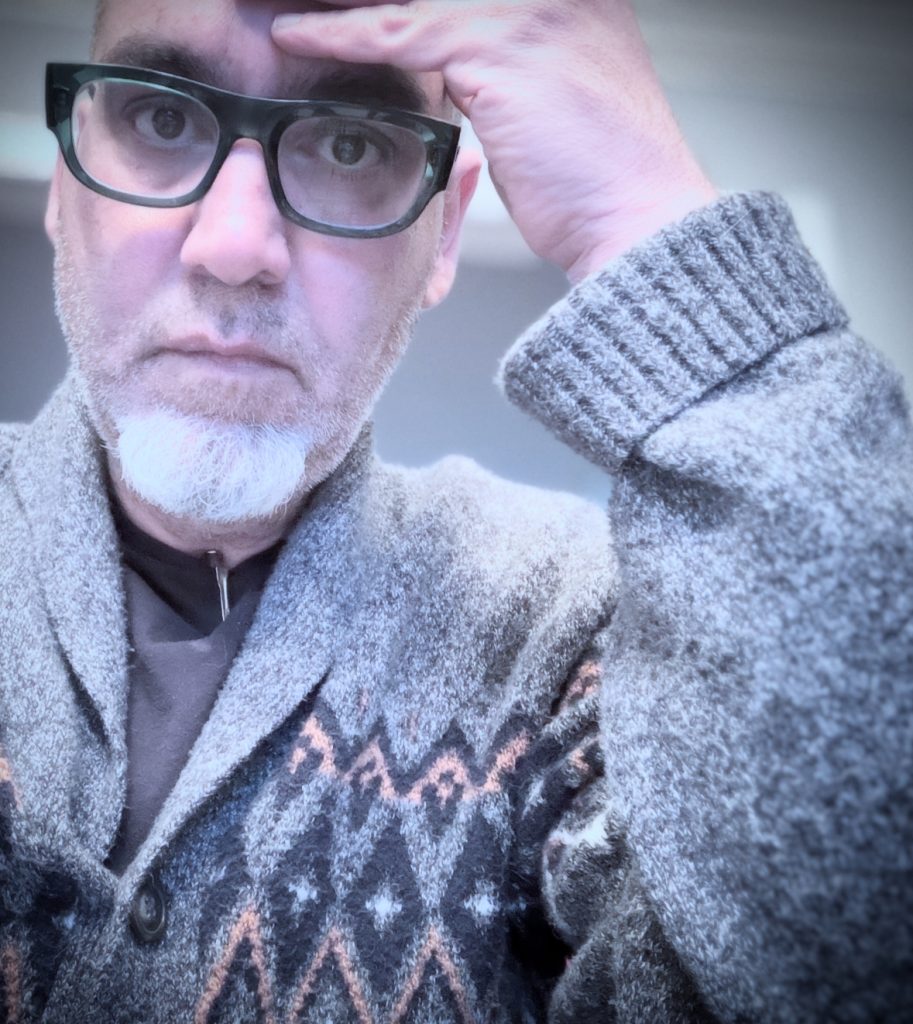EFFECTIVE STRATEGIES FOR MASTERING ARABIC:
COMBINING TRADITION, TECHNOLOGY, AND IMMERSION
Shakhnoza Pulatova Makhmudjanovna
International Islamic Academy of Uzbekistan
Faculty of Classical Oriental Philology
Department of Philology (Arabic Language)
4th-year student
Tel: +99890 9127778
sahnozapulatova589@gmail.com
Academic supervisor: Raziya Matibayeva
Associate professor, Ph.D. in Philology
department of “Arabic language and literature”
Uzbekistan International Islamic Academy
Keywords: Arabic language, language learning, language acquisition, learning methods, Arabic script.
Abstract: Arabic is one of the most widely spoken languages in the world, with over 400 million speakers. However, its unique script, grammar, and pronunciation often pose challenges for learners. This article discusses practical and accessible methods for mastering Arabic, focusing on the importance of consistent practice, cultural immersion, modern technology, and conversational engagement. The article also highlights the role of online resources and structured learning techniques to accelerate language acquisition.
Introduction:
Arabic, a Semitic language spoken across the Middle East and North Africa, is the official language of numerous international organizations, including the United Nations. It is a language of rich cultural significance, historical depth, and modern importance. Learning Arabic offers various personal, academic, and professional advantages. However, many learners find it difficult due to its complex script, unique phonetics, and distinct grammatical structures. This article provides a comprehensive overview of effective and easy methods to learn Arabic, from foundational steps in mastering the script to advanced techniques involving cultural immersion and technological tools.
I. Mastering the arabic script and pronunciation:
The Arabic script is one of the primary challenges for beginners. Unlike most languages, Arabic is written from right to left, and its letters change shape depending on their position in a word. It is crucial to begin by mastering the Arabic alphabet and understanding the differences between print and cursive writing. Learners should also familiarize themselves with the diacritical marks that affect pronunciation, especially short vowels.
To facilitate learning the Arabic script, interactive apps like Duolingo, Memrise, and Busuu can be helpful. These platforms offer gamified lessons that allow learners to practice reading and writing through repetition, progressively mastering each letter.
Pronunciation in Arabic can be difficult due to the presence of several unique sounds not found in many other languages, such as the deep “ع” (ʿAyn) or the throaty “خ” (khaa). Listening to native speakers and practicing pronunciation through podcasts, YouTube videos, and audio lessons is essential for familiarizing oneself with these sounds. Online resources, such as ArabicPod101 and YouTube channels that focus on Arabic phonetics, can provide useful material for hearing proper pronunciation and mimicking it.
II. Leveraging modern technology and online resources:
The digital age has made learning Arabic easier and more accessible than ever. A variety of online platforms, mobile apps, and websites offer structured lessons and exercises designed to enhance language skills. These tools focus on different aspects of language learning, including grammar, vocabulary, sentence structure, and reading comprehension.
Platforms like Duolingo, Rosetta Stone, and Babbel are excellent choices for learners at different levels. They provide interactive exercises and progress tracking, allowing learners to study at their own pace. These apps often incorporate a mix of lessons in vocabulary, grammar, and speaking practice.
Additionally, Arabic-language websites and platforms like Al Jazeera, BBC Arabic, and MBC provide free content for immersive language learning. Watching news reports, TV shows, or listening to podcasts in Arabic can help learners improve listening comprehension, as well as expose them to various regional dialects.
For more structured learning, ArabicPod101 and LingQ are excellent options for intermediate learners, providing targeted lessons in grammar, vocabulary, and listening comprehension. Combining these resources with real-world exposure to the language accelerates the learning process.
III. The role of cultural immersion in language learning:
Cultural immersion is one of the most effective ways to learn Arabic. Experiencing the language in its natural environment enables learners to understand colloquial expressions, regional accents, and the cultural nuances embedded in everyday conversations.
For those unable to travel to an Arabic-speaking country, local Arabic-speaking communities and cultural events provide an excellent alternative for language immersion. Participating in a language exchange program, attending local cultural events, or joining Arabic-speaking groups can create opportunities to practice real-life conversations. Apps like Tandem or HelloTalk connect language learners with native speakers for voice and text chat, providing a platform for practicing conversational Arabic.
Spending time in Arabic-speaking countries, such as Egypt, Jordan, or the UAE, allows learners to immerse themselves fully in the language. Engaging in daily activities, such as shopping, eating out, and conversing with locals, helps improve fluency while gaining insight into the cultural context of the language.
IV. Consistency and structured learning:
One of the key components to mastering Arabic is consistency. Language learning is a gradual process that requires steady practice and patience. Setting daily, achievable goals, such as learning five new words or phrases each day, can help maintain momentum.
To ensure steady progress, learners should develop a structured study plan. A typical learning routine could include:
Vocabulary practice: Focus on essential words and phrases used in daily conversations.
Grammar study: Understand basic sentence structure, verb conjugations, and the use of tenses.
Pronunciation practice: Regularly practice pronunciation using resources like audio lessons and native speakers.
Listening comprehension: Watch Arabic movies, news reports, and TV shows to improve understanding of spoken Arabic.
Tools such as Anki (a flashcard app) and Quizlet allow learners to create personalized study decks for vocabulary and grammar revision. These tools use spaced repetition, a proven method for memorizing information more effectively.
V. Overcoming common challenges in learning arabic:
While learning Arabic can be difficult, many challenges can be overcome with the right approach and mindset. One common issue is the difficulty in distinguishing between Modern Standard Arabic (MSA) and the various regional dialects (e.g., Egyptian Arabic, Levantine Arabic, Gulf Arabic). For beginners, it is essential to focus on MSA, as it is the formal written language used in media, literature, and education. Once a solid foundation in MSA is established, learners can begin to explore regional dialects based on their interests and travel goals.
Another challenge is the complexity of Arabic grammar, particularly the verb system. However, with consistent practice, learners can familiarize themselves with grammatical rules and gain confidence in constructing sentences. The key is not to rush but to master each level before moving on to the next.
Conclusion:
Mastering Arabic is a challenging yet highly rewarding endeavor that demands dedication, patience, and a strategic approach. Unlike some languages, Arabic has a unique script, grammar, and structure, making it a rich linguistic landscape that requires consistent effort. Success in learning Arabic involves a combination of traditional learning methods, such as textbooks, formal lessons, and classroom interaction, along with the integration of modern technology. The use of apps, online courses, and digital resources enhances the learning process, offering greater flexibility and accessibility for a wide range of learners.
Cultural immersion plays a crucial role in understanding the intricacies of Arabic. By engaging with native speakers, watching Arabic media, and participating in cultural activities, learners can bridge the gap between theory and practice. This exposure allows for a deeper appreciation of the language in its natural context, helping learners internalize not just vocabulary but also cultural nuances, idiomatic expressions, and social customs.
In addition, consistent practice is key to retaining knowledge and improving fluency. Whether through speaking, writing, listening, or reading, daily or regular interaction with the language strengthens retention and builds confidence. The gradual process of mastering the language means that learners should set realistic goals and measure progress incrementally, which fosters motivation and reduces frustration.
Arabic serves as a gateway to understanding the rich culture, complex history, and evolving politics of the Arab world. It opens up numerous opportunities for personal, academic, and professional growth. Fluency in Arabic is highly valued in many fields, including diplomacy, international relations, business, translation, and academia. Moreover, the ability to communicate in Arabic strengthens global perspectives and promotes cross-cultural understanding in an increasingly interconnected world.
By strategically utilizing digital tools, participating in cultural exchanges, and following a structured study plan, anyone can achieve proficiency in Arabic. Ultimately, the effort invested in learning this beautiful and multifaceted language not only enhances cognitive abilities but also fosters personal growth, making it a valuable skill in both professional and personal contexts. With dedication, perseverance, and the right approach, Arabic can become an immensely rewarding language to master.
References:
- Alhassan Ibrahim. Learning Arabic: A Guide for Beginners. 2nd ed., ─London: Routledge, 2019.
- Fadel Amal. Arabic Grammar for Beginners. ─Cambridge: Cambridge University Press, 2020.
- Taha Ahmad. Language Learning Through Cultural Immersion. Journal of Language Studies, vol. 12, no. 3, 2018, pp. 45-60.
- Zahran Mohamed. Modern Arabic: A Practical Approach. ─Oxford: Oxford University Press, 2017.
- Younis Khalid. Effective Language Acquisition Strategies: Mastering Arabic in the Digital Age. Language Learning Review, vol. 6, no. 2, 2019, pp. 103-118.
- Duolingo. Arabic Language Learning: Strategies and Tools. Duolingo Blog, 2021, www.duolingo.com. Accessed 20 Jan. 2025.
- Rosetta Stone. The Best Ways to Learn Arabic: A Digital Approach. ─Virginia: Rosetta Stone, 2020, www.rosettastone.com. Accessed 15 Jan. 2025.








 PERFIL DEL ESCRITOR
PERFIL DEL ESCRITOR El 28 de noviembre de 2025 se cumplirán 3 años del nacimiento de esta estructura poética, GAONESA, que ha incursionado con gran éxito en la literatura mundial contemporánea. ¡Feliz cumpleaños!
El 28 de noviembre de 2025 se cumplirán 3 años del nacimiento de esta estructura poética, GAONESA, que ha incursionado con gran éxito en la literatura mundial contemporánea. ¡Feliz cumpleaños!